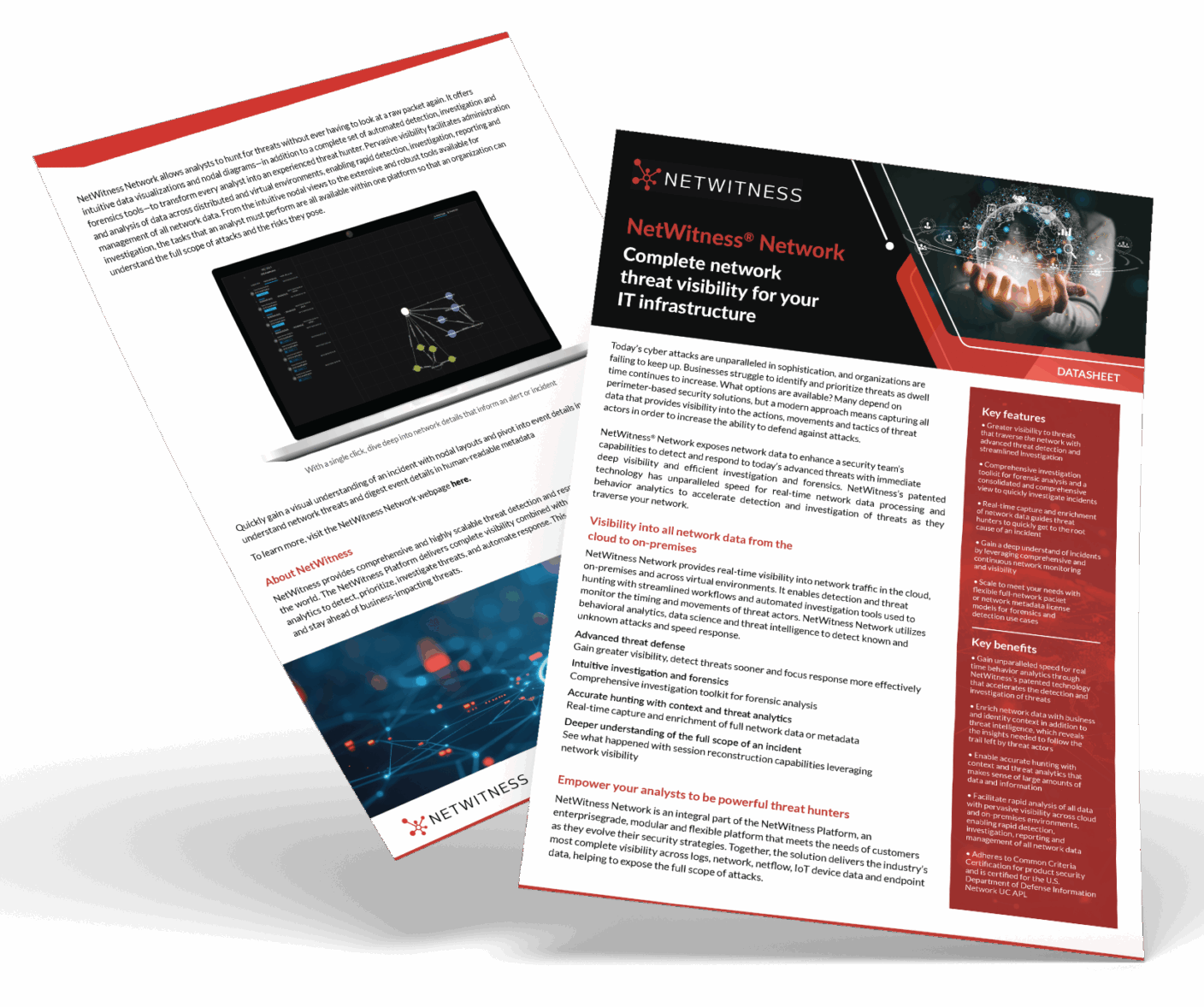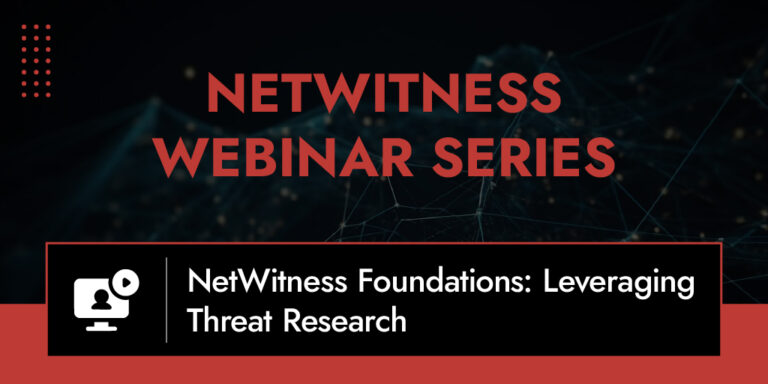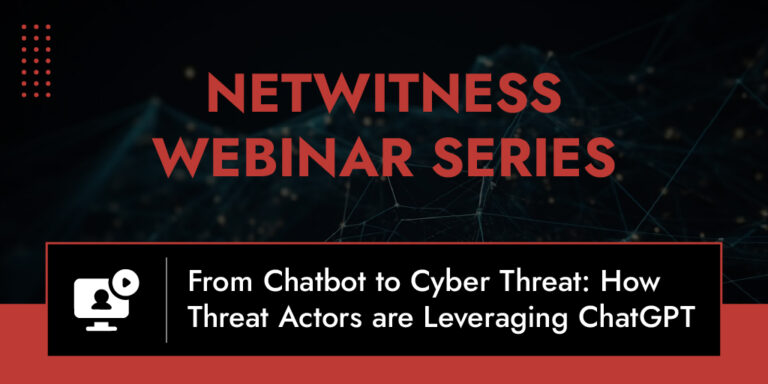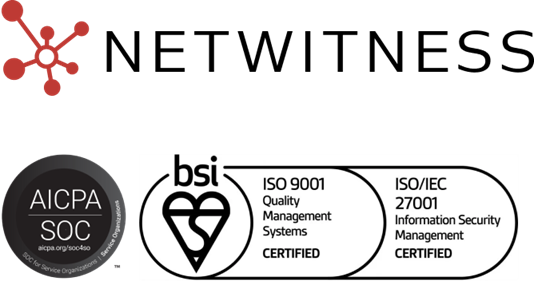What Is NDR Solutions, and Why Is It Critical Today?
Network Detection and Response (NDR) solutions monitor, analyze, and respond to suspicious activity across network traffic in real time. Unlike traditional ndr tools that rely primarily on logs or endpoint data, NDR solutions captures metadata, NetFlow, and even full packet data to provide deeper visibility, especially valuable in hybrid, cloud, and encrypted environments.
As cyber threats evolve in speed, complexity, and stealth, security teams are under growing pressure to detect and respond faster. Traditional perimeter-based defenses – while still necessary, are no longer sufficient. Enter Network Detection and Response solution: a security category purpose-built for visibility, context, and action across the network layer.
But adopting NDR isn’t enough. Like any security investment, its effectiveness hinges on how well it’s implemented and continuously optimized. Without a clear strategy, even the best network detection and response tools risk becoming underutilized or misaligned with real-world threats.
In this guide, we’ll walk through five proven best practices for successful NDR optimization, leveraging both market guidance and real-world insights. We’ll also highlight why solutions like NetWitness NDR solution, recognized by Gartner for their forensic and detection capabilities, set the standard for cybersecurity detection and response.
The Core Challenges NDR Solution Helps Solve:
- Extended Attacker Dwell Time: Many threats persist in networks undetected for weeks or months. NDR helps shorten this window by detecting early indicators of compromise.
- Lack of Visibility: Traditional tools often overlook lateral movement. NDR fills this gap with continuous network threat monitoring.
- Encrypted Traffic Blind Spots: NDR inspects encrypted sessions using metadata and behavioral analysis without breaking encryption.
- Shadow IT: Detects and alerts on unauthorized devices or services operating outside IT’s control.
- Alert Fatigue: Reduces noise by correlating signals and adding context, enabling faster decision-making.
By addressing these pain points, NDR solution doesn’t just improve security, it also restores confidence for overwhelmed SOC teams.
Practice 1: Set Clear Goals Before You Deploy NDR Solution
Every successful NDR deployment starts with clarity. Without defined objectives, the risk of misaligned configurations or irrelevant alerts is high.
Set Goals That Align with Business Risk:
- Do you need better visibility across east-west traffic?
- Is your goal to detect data exfiltration or credential abuse?
- Are you aiming to support compliance and forensic readiness?
Starting with 2–3 high-priority use cases allows you to focus on tuning the system effectively, establishing quick wins, and proving value to stakeholders.

Practice 2: Integrate NDR Solutions with Your Existing Security Stack
A powerful NDR solution shouldn’t operate in isolation. Integrating it with your existing security stack multiplies its impact.
Key Integration Points:
- SIEM: Streamline detection by correlating network alerts with logs.
- EDR: Gain end-to-end visibility by linking network signals with endpoint activity.
- SOAR: Automate triage and response actions using playbooks triggered by NDR detections.
Solutions like NetWitness network detection and response offer native integrations with these tools, enabling a unified platform experience. When alerts, context, and automation come together, security teams can drastically cut dwell time and reduce burnout.
Practice 3: Use Full-Packet Capture for Deeper Investigations
Real-time detection is just one side of the NDR coin. The other is post-incident analysis. When a breach occurs, logs often lack the context to understand what really happened. That’s where forensic-grade full-packet capture (FPC) shines.
Why FPC Matters:
- Reconstructs the full kill chain of an attack.
- Proves or disproves data exfiltration events.
- Strengthens legal and regulatory defense through evidence-grade visibility.
NetWitness NDR solution enables complete session reconstruction, enriched with metadata and behavioral analysis, ideal for both deep dives and rapid containment.

Practice 4: Continuously Tune Rules, Models, and Policies
Machine learning plays a crucial role in modern NDR cybersecurity, but it’s not a “set-it-and-forget-it” feature. Your network evolves. Threat actors adapt. To keep pace, your NDR security must be too.
Areas to Optimize Regularly:
- Detection Thresholds: Reduce false positives based on historical data.
- Model Training: Incorporate new behaviors to adapt to legitimate changes in network activity.
- Alert Grouping: Consolidate alerts to reflect attack campaigns rather than isolated events.
Optimization is not a one-time project. It’s a process. NetWitness provides intelligent enrichment and rule-tuning capabilities that make NDR optimization scalable.
Practice 5: Train Analysts to Use Context-Driven Workflows
Even the most feature-rich tool is only as effective as its users. To maximize your NDR optimization, analysts must be equipped with more than just technical skills, they need investigative intuition.
Training Should Cover:
- How to pivot across network, endpoint, and identity data
- Session reconstruction for threat actor tracking
- Enriched alert triage and investigation
Tools like NetWitness NDR solution automatically enrich alerts with asset, user, and behavioral context – cutting investigation time dramatically. But the human element remains key.
Proactive Network Threat Detection with NetWitness® NDR
-Spot threats fast with AI-driven analytics.
-See everything across your network and cloud traffic.
-Investigate efficiently with built-in forensic tools.
-Adapt and scale to meet growing security needs.

Why Security Teams Trust NetWitness NDR Solutions
NetWitness NDR cybersecurity delivers a unified view of your entire network, on-premises, cloud, and hybrid, combining high-fidelity visibility with forensic depth and contextual detection.
Key Capabilities:
- Full Packet + Metadata Capture: Retains every byte for deep forensic investigation
- ML-Driven Detection: Identifies stealthy threats and behavioral anomalies
- Flexible Deployment: Operates in cloud, on-prem, or hybrid environments
- SASE & Remote Traffic Visibility: Extends coverage to remote users and encrypted sessions
- Native Integrations: Seamlessly connects to NetWitness SIEM, SOAR, and EDR
Recognized by Gartner for its forensic and detection strength, NetWitness is purpose-built for security teams seeking control, speed, and clarity.
KPIs to Measure NDR Performance
Tracking metrics helps ensure your investment delivers measurable value.
| KPI | What It Shows |
| Mean Time to Detect (MTTD) | How quickly threats are identified post-compromise |
| Mean Time to Respond (MTTR) | Time from detection to action taken |
| False Positive Rate | Effectiveness of tuning and alert prioritization |
| Alert Reduction Rate | Improvement in analyst workload |
| Coverage Score | Visibility across all traffic paths and environments |
Conclusion
NDR cybersecurity is not just another security tool – it’s a strategic layer of defense designed for a modern, connected world. By following the five best practices outlined here, organizations can maximize the value of their investment and close the gaps that attackers love to exploit.
NetWitness NDR offers industry-leading capabilities for threat detection, forensic depth, and intelligent response. Whether you’re just starting your journey or looking to fine-tune an existing deployment, it’s a platform built for both speed and scale.
Frequently Asked Questions
1: What’s the best NDR for industrial environments?
The best NDR solutions for industrial setups combine OT visibility with real-time analytics. NetWitness NDR is ideal, offering full-packet capture and anomaly detection across IT and OT networks.
2: What are the best NDR options for the manufacturing industry?
Top NDR tools for manufacturing include NetWitness NDR, Darktrace, and ExtraHop. They detect lateral movement, monitor IoT traffic, and provide deep visibility for production environments.
3: What are the key features to look for in an NDR solution?
Look for full-packet capture, ML-driven analytics, encrypted traffic visibility, integration with SIEM and SOAR, and forensic capabilities. These define the best network detection and response tools 2025.
4: What is NDR security?
NDR security means using network analytics to detect and respond to threats in real time. It combines behavioral analysis, threat intelligence, and forensic visibility.
5: How do organizations adopt NDR (Network Detection and Response) solutions?
Start with defining key use cases, integrate with existing SIEM or EDR tools, and continuously tune detections for better NDR performance.
6: Which two types of network traffic should not be mirrored when deploying NDR?
Avoid mirroring encrypted management traffic and internal admin sessions containing sensitive credentials. Use metadata-based inspection instead.




